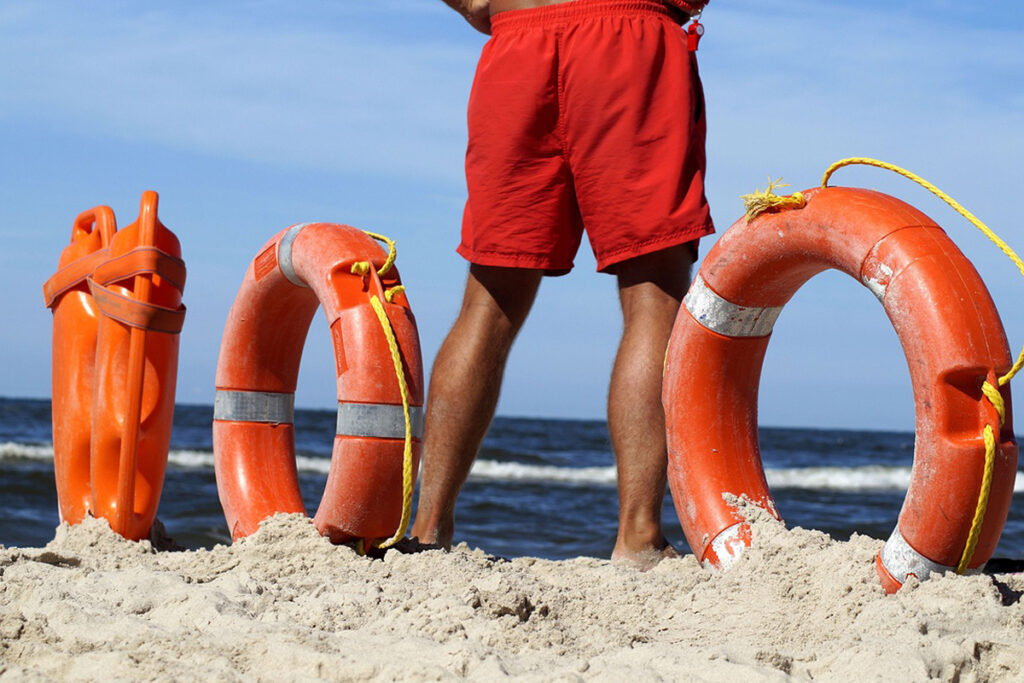Imagine heading to the beach with the reassurance that artificial intelligence could potentially save lives by detecting hidden dangers along the shoreline. Researchers at the University of California Santa Cruz, led by Professor Alex Pang, are working on precisely that. Their innovative AI algorithms aim to revolutionize beach safety by identifying and monitoring potential hazards in real-time.
Detecting Hidden Risks
One of the primary objectives of this groundbreaking AI technology is to detect and monitor threats along the coastline. This includes the identification of rip currents or riptides, which are responsible for a staggering 80% of ocean lifeguard interventions.
The inspiration for this project came from the realization of how difficult it is to spot these treacherous currents with the naked eye, even for experienced beachgoers.
Real-time Rip Current Detection
To bring this vision to life, the research team partnered with National Oceanic and Atmospheric Administration (NOAA) scientist Gregory Dusek. Dusek had previously developed a forecast model predicting the hourly probability of rip currents up to six days in advance.
Professor Pang’s AI detection model builds upon this foundation, offering real-time rip current detection. The machine learning technology used allows the algorithm to continuously improve its recognition abilities over time.
Saving Lives with AI
The potential applications of this AI technology are promising. Lifeguards can utilize this system to enhance their response to beach emergencies. Ideally, the AI system will send alerts to lifeguards only when it detects people in rip currents, ensuring a more efficient and targeted rescue effort. Additionally, the AI system can distinguish between swimmers and surfers, preventing false alarms.
A Bright Future for Beach Safety
Artificial intelligence is poised to transform beach safety, potentially saving countless lives. The innovative work by Professor Alex Pang and his team at the University of California Santa Cruz, in collaboration with NOAA, is paving the way for real-time rip current detection.
As beachgoers increasingly rely on technology to enhance their safety, this AI-driven solution may become an essential tool in ensuring that trips to the beach are both enjoyable and secure. Beyond the shores of California, this development offers hope for improved beach safety worldwide, ushering in a new era of protection along our coastlines.


